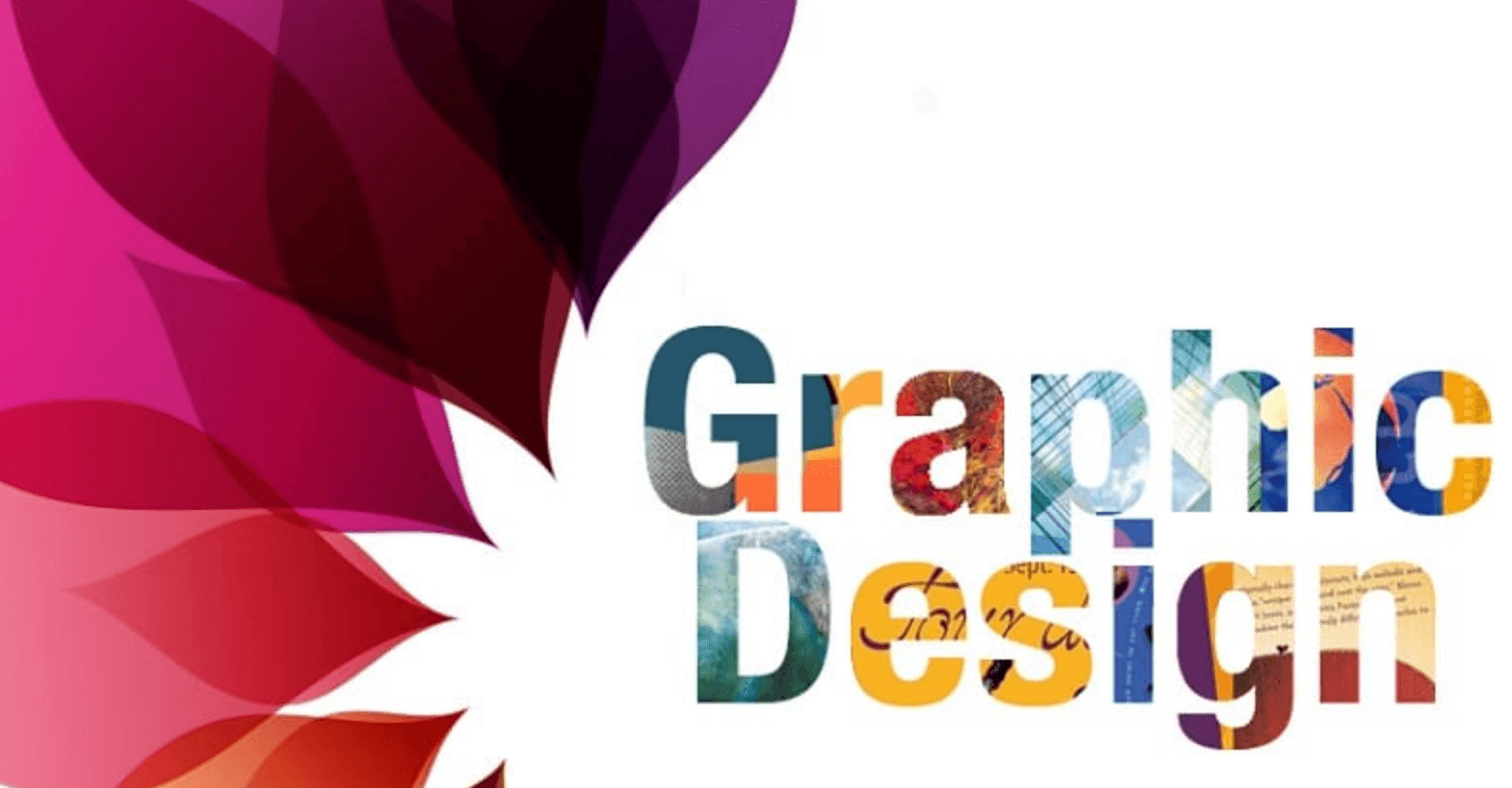
In the dynamic landscape of business, exceptional graphic design isn’t a mere embellishment; it’s a foundational element that profoundly shapes success. It transcends the conventional notion of creating logos, business cards, and marketing materials, evolving into a strategic force that guides the entire trajectory of a business. Today, we’re delving into the core reasons why investing in top-notch graphic design is a game-changer.
Think of graphic design as the architect of your brand identity. It goes beyond aesthetics, weaving a narrative that communicates your values, ethos, and uniqueness to the world. Consider iconic brands like Apple or Starbucks; their graphic design isn’t just visually appealing but a storytelling tool that has played a pivotal role in redefining their brand image.
When it comes to advertising, graphic design becomes the language that captivates and resonates with your target audience. It’s the art of conveying messages visually, making your brand stand out amidst the noise. Take Apple’s minimalist and sleek advertising campaigns, for instance; they aren’t just about products but an embodiment of innovation and design excellence, capturing attention and fostering brand loyalty.
Moving on to sales, the impact of graphic design is felt on the shelves and screens where your products vie for attention. A well-designed package or website can influence purchasing decisions by enhancing perceived value. The classic example is Coca-Cola, whose consistent and iconic design has become synonymous with trust and quality, contributing significantly to global sales.
Lastly, graphic design shapes the user experience, making it seamless and delightful. Think of user-friendly interfaces like Airbnb or Uber, where intuitive design enhances satisfaction and builds lasting customer loyalty. It’s not just about what your business offers but how effortlessly and aesthetically it is presented to the customer.
In our exploration of the transformative power of graphic design, we’ll draw from real-life examples and case studies. These narratives will illuminate the tangible differences it can make in the realms of branding, advertising effectiveness, sales, and the overall customer experience. So, buckle up for a journey into the strategic and creative realm where graphic design isn’t just an accessory but a driving force behind your business success.
Creating a strong brand image
Picture graphic design as the secret ingredient that gives your business its unique flavor, especially when it comes to shaping your branding strategy. It’s not merely about having a visually appealing logo or an eye-catching website; it’s the art of using visuals to articulate the very essence of your business. What sets great graphic design apart is its ability to not just make your brand noticeable but to etch it into the memory of your audience, creating an unforgettable imprint.
Now, let’s dive into the world of logos for a moment, you can’t navigate that territory without acknowledging the iconic Nike swoosh. It’s practically everywhere, and there’s a good reason for that—it’s a shining example of effective design. The simplicity of their logo, coupled with that impactful tagline, sends a crystal-clear message: Nike isn’t just about sports gear; it’s a beacon of motivation, urging everyone to strive for more. This is where the magic of graphic design unfolds, transforming a seemingly simple swoosh into a symbol that resonates with empowerment and inspiration.
So, when we stress the importance of graphic design, it’s not just corporate speak—it’s about making your brand visually shout, “Hey, remember me!” It’s about establishing a connection that goes beyond the surface. Take a page from Nike’s book—a swoosh might just be a swoosh, but with the right design, it becomes a statement. That’s the profound influence of good graphic design in the authentic, human realm of business. It’s not just about visuals; it’s about creating a narrative that people not only see but feel and remember.
Visuals make a stronger first impression
You know how sometimes you hear stuff, but it’s like your brain just lets it slide away? Well, turns out, that a study says we only remember about 10% of what we hear after three days. But here’s the game-changer – pair that info with some visuals and boom! You’re looking at a 65% retention rate. That’s a pretty wild difference.
And let’s talk digital marketing. Hold onto your hats—content with cool images rakes in a mind-blowing 94% more views than the ones without any visuals. Yeah, we’re all about those pictures.
We get it, attention spans are shorter than ever. That’s where good visuals swoop in. Take Chupa Chups, for example. They used graphic design to shout out loud and clear: “We’re sugar-free!” The words? Almost forgettable. The visual? Unforgettable.
Volkswagen got the memo too. Check out their ad for the precision parking thingy. Killer visuals doing all the talking. It’s like a masterclass in grabbing attention and making a point without a novel-length copy. Goes to show, in a world where everyone’s scrolling at warp speed, the magic of graphic design is real.
Good design helps with sales
In today’s marketing scene, especially in the digital arena, graphic design isn’t just a sidekick – it’s the hero that swoops in and saves the day. It’s not just about throwing content out there; it’s about making it visually striking, attention-grabbing, and emotionally resonant.
Humans, as it turns out, are pretty visual creatures. When it comes to buying stuff, a whopping 63% of us admit that the packaging design influences our decisions. That’s a significant chunk of the population choosing products based on how cool they look. In the vast realm of the internet and mobile apps, a staggering 75% of us judge how trustworthy a company is by simply looking at its website or app design. First impressions matter, right?
Now, let’s dive into the “Share a Coke” campaign by Coca-Cola. They didn’t roll out a fancy new soda or reinvent the wheel. Nope. They took their regular cans and bottles and slapped people’s names on them. It sounds simple, but that small graphic design move created a personalized touch. Suddenly, it felt like Coke was just for you. The result? A 2% spike in sales, and that’s a big deal in the competitive world of soda. It’s a prime example of how a thoughtful graphic design strategy can go beyond aesthetics, creating a connection that translates into a real impact on consumer behavior and, in this case, a boost in sales.
It builds brand recognition and loyalty
it’s basically the magic ingredient for ramping up sales. Picture this: a whopping 82% of adults in the US are hardcore loyal to their favorite brands, and right at the top of that loyalty game is Apple.
When you catch an Apple ad, it’s like a masterclass in what they stand for simplicity, killer design, and top-tier quality. Take, for instance, that subtle dip below the trackpad on Apple laptops. It’s not just there to look cool; it’s a clever design move to make flipping open your laptop with one hand a smooth experience.
But here’s the beauty of it—you don’t need to be a tech guru to appreciate Apple’s awesomeness. Just a glance at that iconic Apple logo, and you instantly know you’re in for something special.
Now, if you’re on a mission to build brand loyalty, the name of the game is keeping your core values front and center through visuals. Think killer logos that people can’t forget, a website that’s sleek and easy to navigate, ads that hit you right in the feels, packaging that’s basically a work of art, and social media pages that scream your brand’s personality. It’s like painting a vivid picture of your brand in people’s minds, and here’s the secret sauce—keep it consistent. That’s the golden rule to make your brand not just noticed but etched into people’s hearts and minds for the long haul.
A visual language for your customers
You’ve got this whole language happening with a brand’s colors, logo, and design choices, and graphic design is like the maestro orchestrating this visual symphony.
Look at Coca-Cola—those iconic red and white colors, paired with fancy cursive fonts. It’s like they’re sending out vibes of warmth and familiarity. When you see it, you immediately think of good times, maybe at a table with loved ones, sharing a Coke.
Now, let’s hop over to Apple. Their game is all about sleek metallic vibes, clean designs, and a less-is-more approach with no extra words cluttering their products. It’s like they’re shouting, “We’re about top-notch quality and killer design—no need for all the extra stuff.”
And here’s a curveball—Durex, the condom pros. Advertising restrictions make their job tricky, but instead of seeing it as a hurdle, they’ve turned it into an art. They’ve crafted their own visual language, using clever symbols that subtly convey what they’re all about.
In each of these stories, graphic design isn’t just about making things look pretty; it’s the storyteller. It’s the language these brands use to speak to us visually and create a vibe that sticks. It’s like a silent conversation, where every color, logo, and design choice is a word in the brand’s unique narrative. It’s a fascinating dance of pixels and creativity, giving each brand its own voice and personality.



